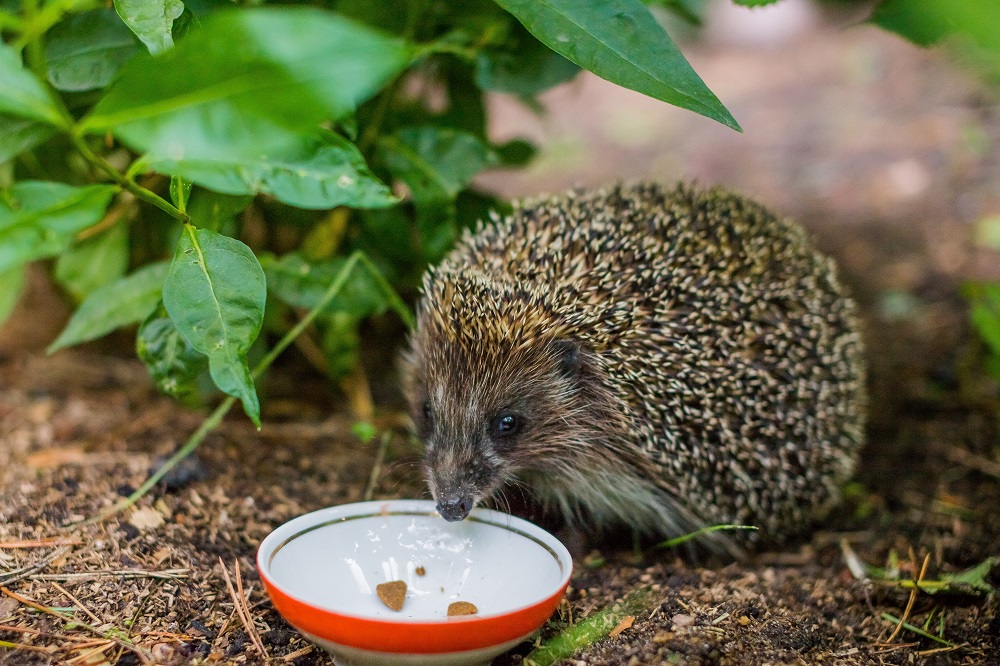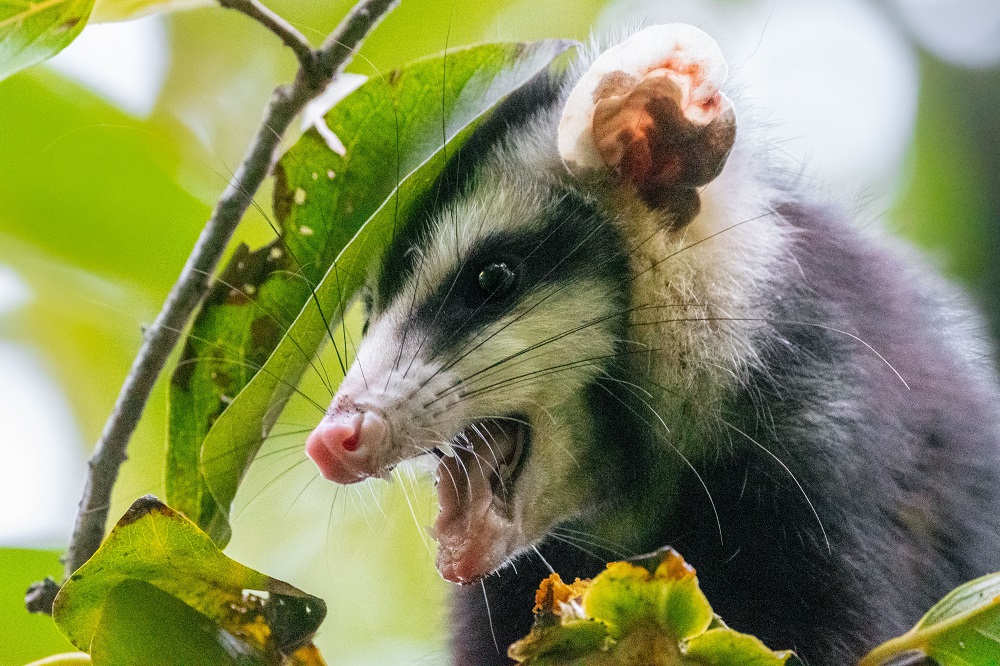These nocturnal animals are so cute, I feel like I could hug them!
The animal world is so diverse, and no matter how much I look into facts about it, I always find something to surprise myself with. Our world is full of wonders, from ferocious and scary animals that roam the wild savannas to those adapted to the cold weather of Antarctica, Canada, and Russia. However, most of the animals enjoy soaking up the sun and roaming freely while getting all the vitamin D. However, some creatures prefer the moonlight. Now that sounds a tad romantic (haha).
Some of these nocturnal animals are rarely visible to humans, and to catch them in full action, you may need a good pair of lenses, even if you had them, it’s not 100% sure you would get to see them. That’s why in the following lines, I gathered a couple of fun facts and super interesting things about 12 nocturnal animals from all corners of the world.

Hedgehog
One of my favorite nocturnal animals is the sweet hedgehog. In the world, there are 15 hedgehog species, all of them nice and fascinating in their way. A protective coat of rigid hairs, known as spines, covers them all. To defend its face and undersides, hedgehogs can roll into a ball if they feel threatened.
Since they prefer to roam freely during the nighttime, these lazy fellows do their siestas beneath grasses, bushes, rocks, or, most frequently, underground dens while the sun is up. In colder climates, hedgehogs spend the winter hibernating.
Firefly
Despite their name, fireflies are actually beetles that belong to the Coleoptera order, not flies. Fireflies are also referred to as “glow worms” outside the U.S.A. The Lampyridae family, which includes fireflies, has about 2,000 species. The majority are nocturnal creatures that can generate light through chemical reactions that occur in specific body parts (a process called bioluminescence).
Some species of fireflies use their light to attract prey, but their primary purpose is to attract mates.
Cockroach
These intrusive dudes are all over the place, and when they get in our homes, it feels like that’s it; you’re stuck with them. Especially because they can even survive a nuclear war without their heads! Yes, it’s gross.
Cockroaches prefer hot, humid weather and typically go out at night, despite their global distribution. Remember these words if, by chance, you spot one cockroach in your home. You may want to hide those bread slices better!
Flying squirrels
While writing this list of nocturnal animals, I realized I couldn’t just leave aside one of the cutest rodents, the flying squirrel. A wing-like membrane called a patagium that extends between the arms and legs of flying squirrels, rodents belonging to the Sciuridae family of squirrels, allows them to glide from tree to tree.
While some species of flying squirrels can be found in Europe and three in North America, the majority of flying squirrel species worldwide (90%) are found in Asia. The genus Glaucomys includes the Humboldt’s flying squirrel, northern flying squirrel, and southern flying squirrel in North America. The majority of flying squirrels are nocturnal creatures. Despite their name, they cannot fly; they can only glide.
Oh, and have you also paid attention to their big and round eyes? They are super helpful in the dark; their eyes collect more light for better night vision, a trait shared by many other nocturnal animals, from owls to lemurs or even raccoons. Recently scientists also found that flying squirrels can also flow at night, especially their undersides.
Leopard
Everybody knows how a leopard looks because it is one of the most recognizable wild cat species due to its spotted coat. In reality, the leopard’s “spots” are rosettes, which are rings. The leopard is mostly nocturnal, like many other wild cats. The tapetum lucidum, a lining found in all cats’ eyes, improves night vision by reflecting light through the retina. The tapetum lucidum is responsible for enhanced night vision.
The leopard’s range is wider than that of any other wild cat species, encompassing much of Africa and Asia. The leopard is endangered and has the conservation status of “Vulnerable” despite its wide range.
If you watched documentaries about wildlife, then you’re probably familiar with how these majestic creatures are experts at hunting for food!

Opossum
Cute but fierce and a little bit crazy, opossums are one of those nocturnal animals that are super popular in America. The young, referred to as “joeys,” travel to a unique pouch inside the mother’s body. While they are still developing, they can get their mother’s milk here. As omnivores, opossums hunt at night.
Sadly, their life expectancy is only about two years, but since it’s been a “trend” and people are starting to keep them as pets, in captivity, their life expectancy is around four years if you take care of them well.
Owls
Owls are among the most famous nocturnal animals, with about 240 species, but not all are nocturnal. Owls’ powerful sense of hearing helps them locate prey in low light, and their large eyes help them see better at night.
Because owls’ ears are asymmetrically positioned on their heads, they are better able to determine the direction of sounds. The stiff feathers that make up an owl’s round “face” help direct sound toward the ears.
Do you want to give your children a better understanding of the wildlife world? This six-book collection, Knowledge Encyclopedia for Children, will address these and other questions. It contains well-labeled diagrams and a comprehensive glossary of challenging terms to facilitate learning.
Raccoon
One of the most identifiable nocturnal animals in North America that conquered social media is the raccoon, with its characteristic black and white face. Once found in forests, the versatile raccoon now inhabits various settings, including cities and towns. As omnivores, raccoons eat a wide variety of foods, such as fish, insects, worms, reptilian and bird eggs, and occasionally birds and mammals.
Out of all animals, the raccoon is the only one that washes their food before eating. Even without water, they still move their forepaws up and down on their food. Since they’re nocturnal animals, raccoons are usually solitary creatures.
In the US, however, human rabies cases are uncommon. There were only 25 documented cases of human rabies in the United States between 2009 and 2019, and only two of those cases were linked to raccoons.
Tasmanian Devil
The largest carnivorous marsupial is the Tasmanian Devil. Along with quolls and other primarily carnivorous and insectivorous marsupials, it is a member of the Dasyuridae family. Although a few Tasmanian devils have recently been reintroduced to the Australian mainland, the majority of wild Tasmanian devils are found on the Australian island state of Tasmania.
The Tasmanian devil is notorious for its violent feeding habits and frightful nighttime screams. Unfortunately, a disease is now threatening this iconic Australian animal, making it endangered.
Which of these nocturnal animals do you have in your state?
If you are new to Pet Compilation, welcome! If you enjoyed this article, don’t forget to subscribe to our weekly newsletter for updates. Additionally, be sure to check out our article titled 7 of the Most Beautiful Wildlife Animals You’ll Ever See!












